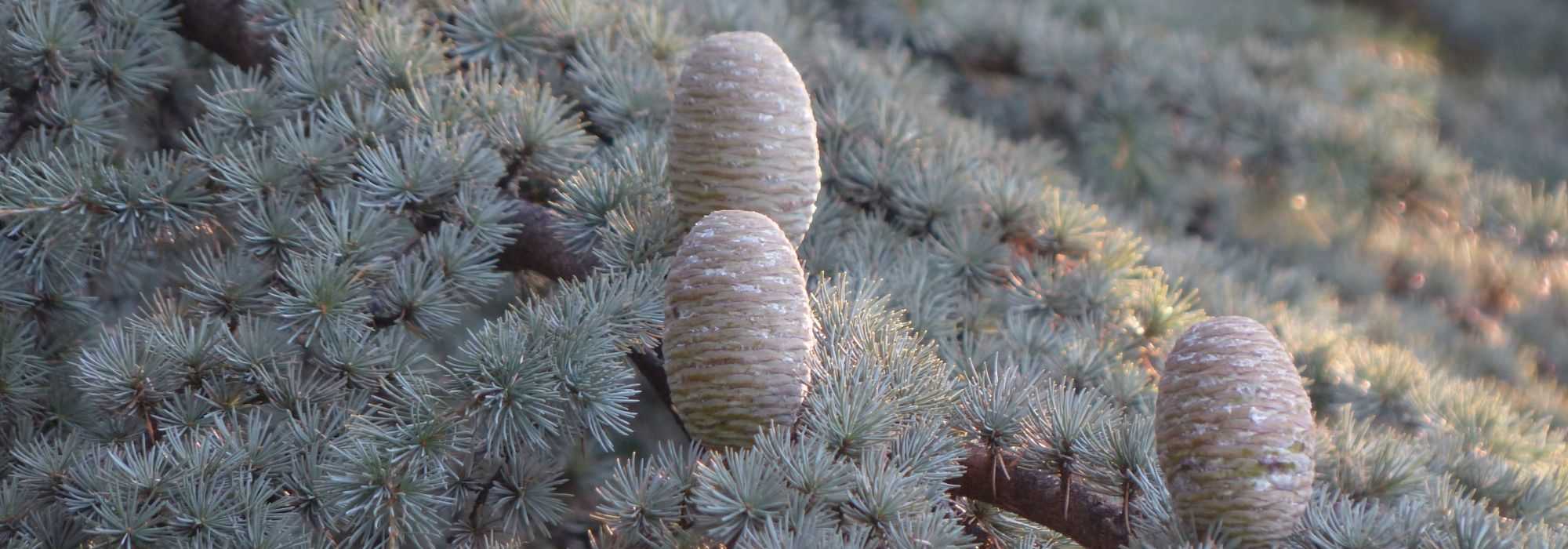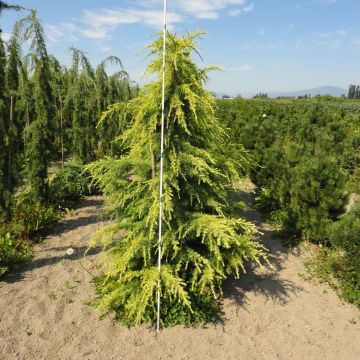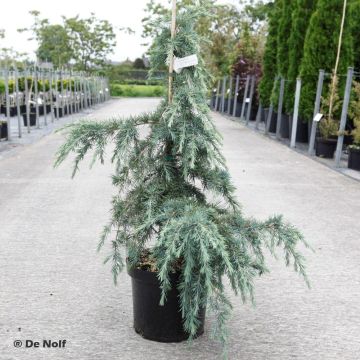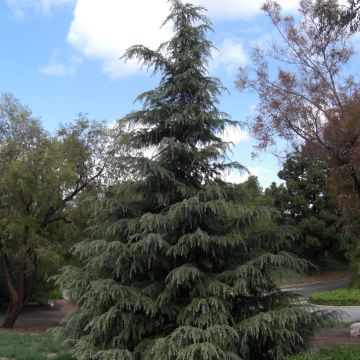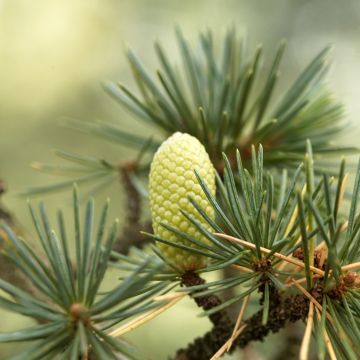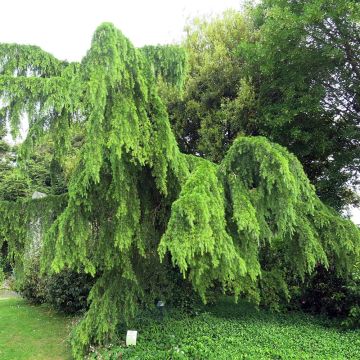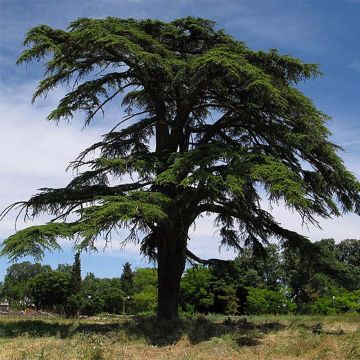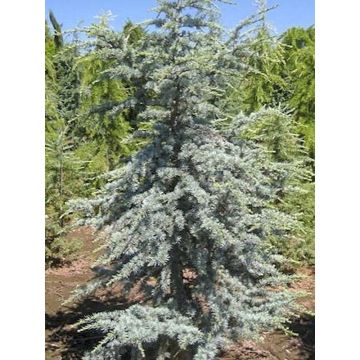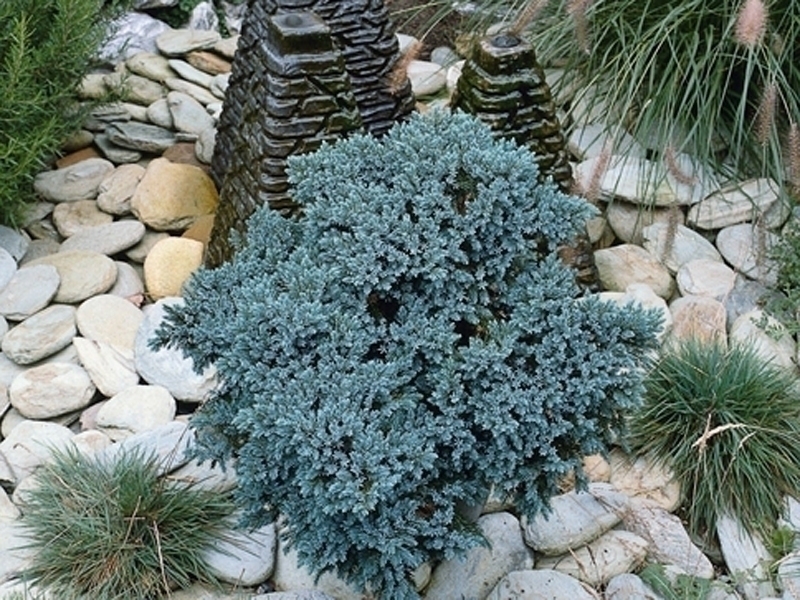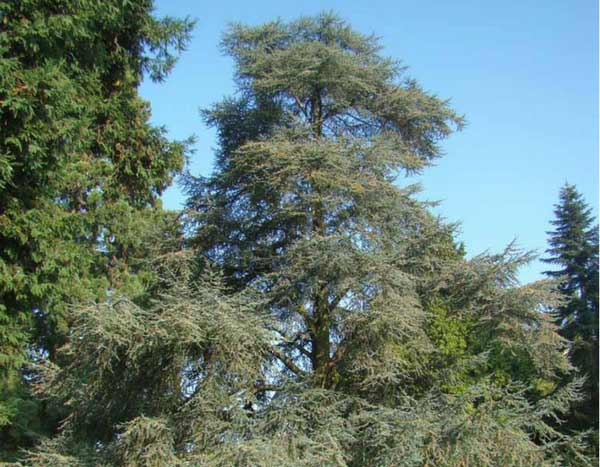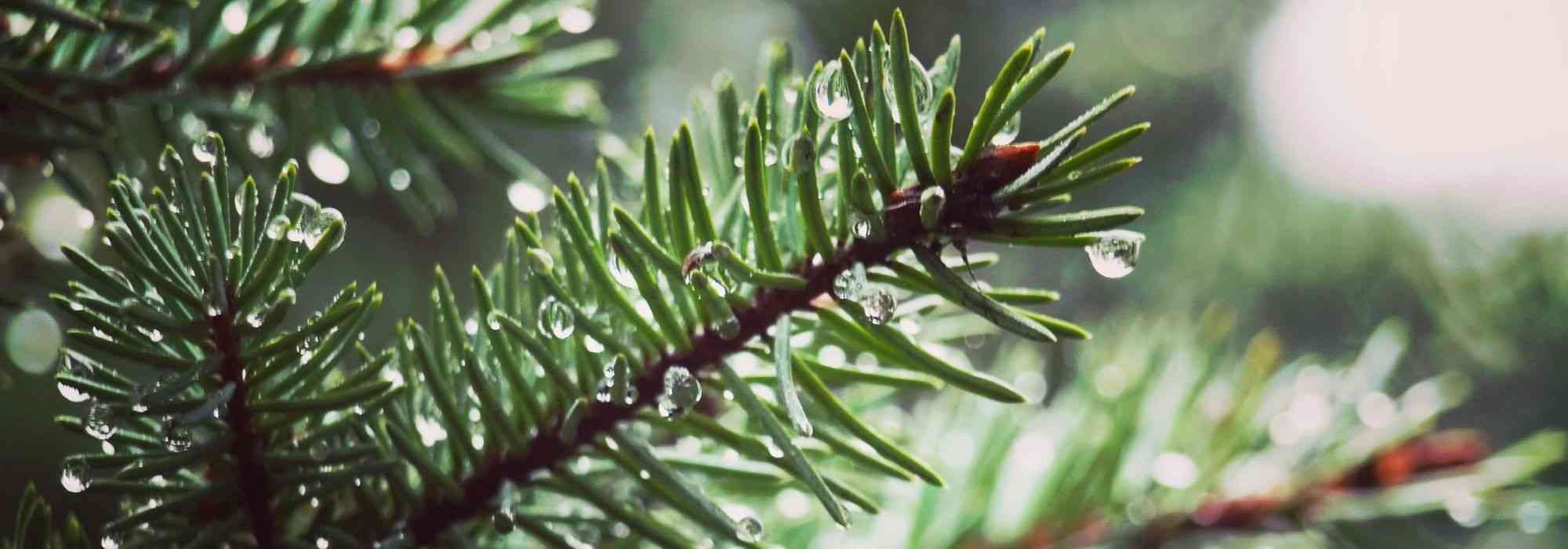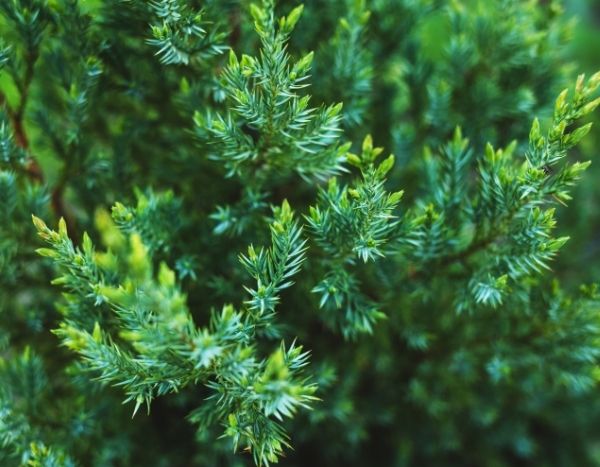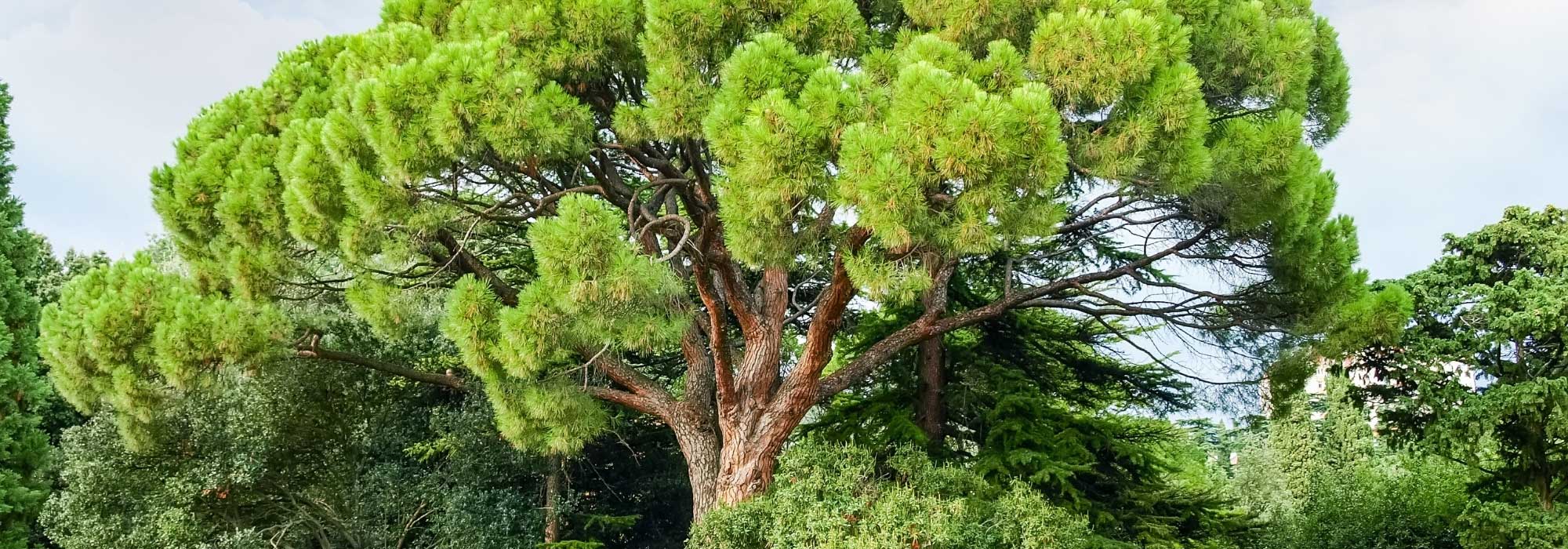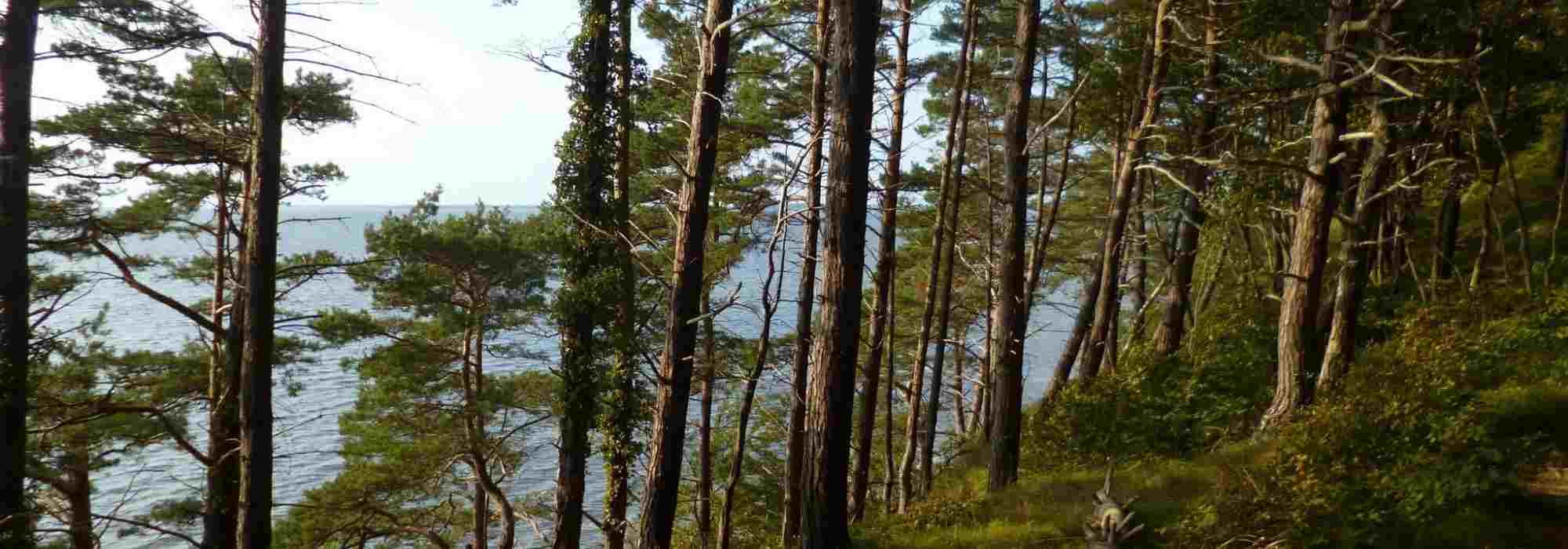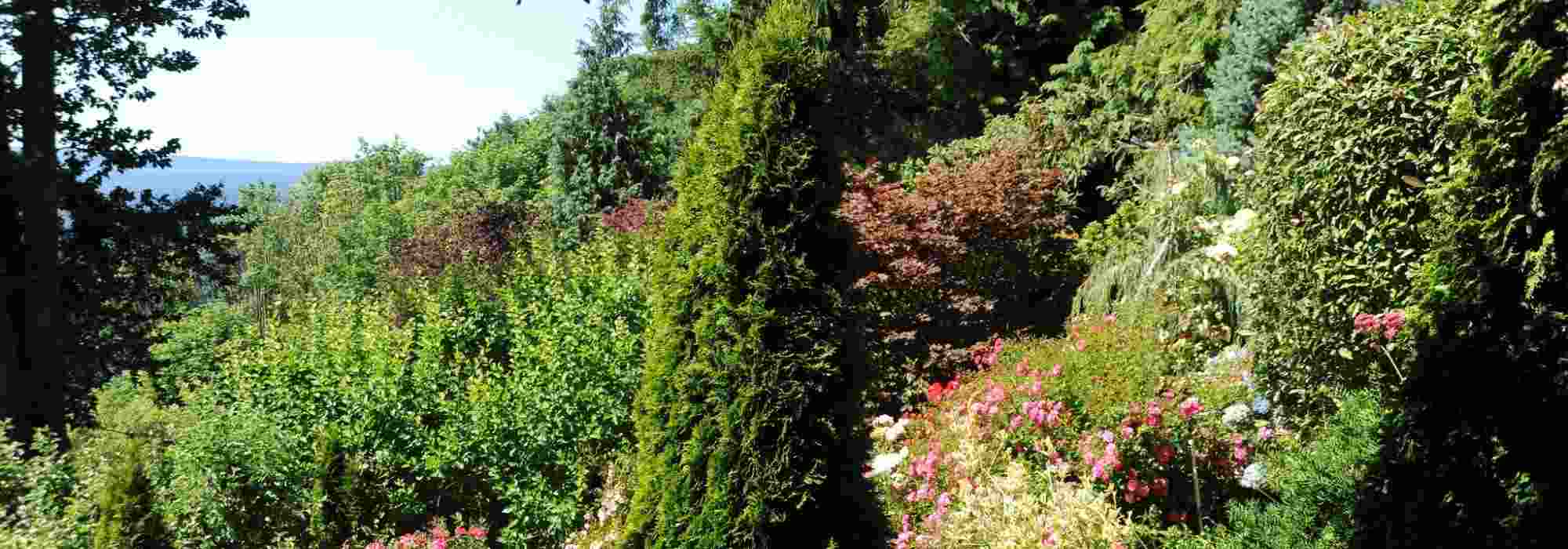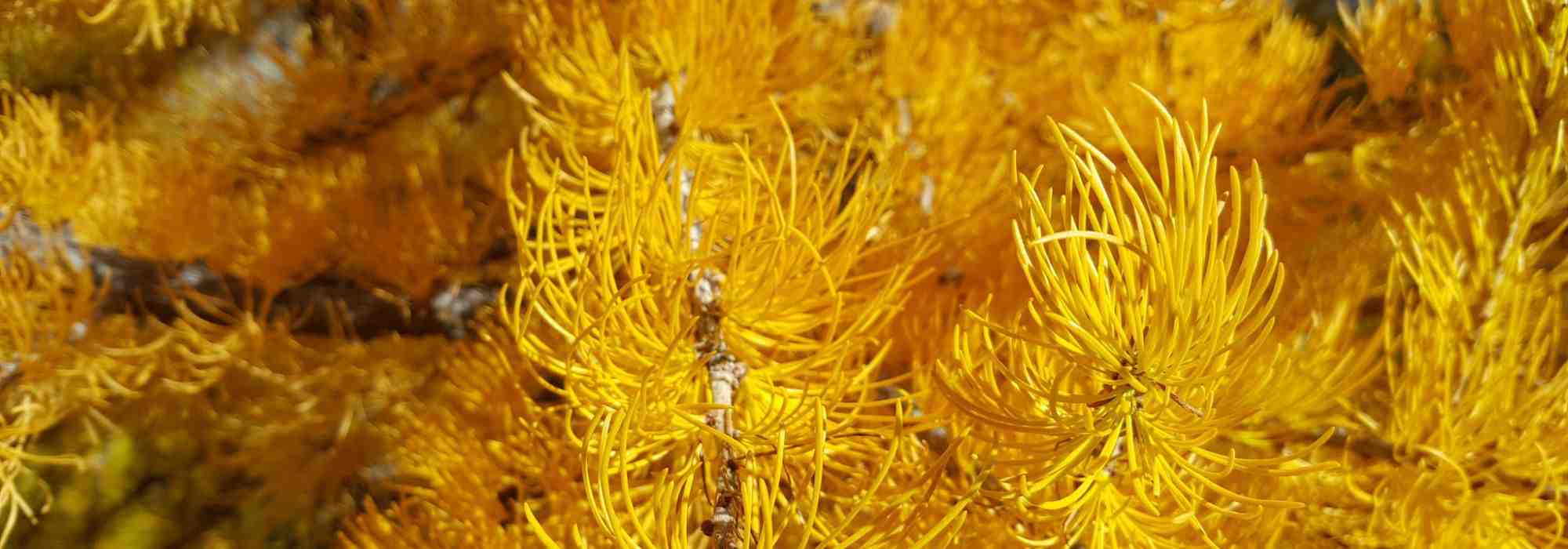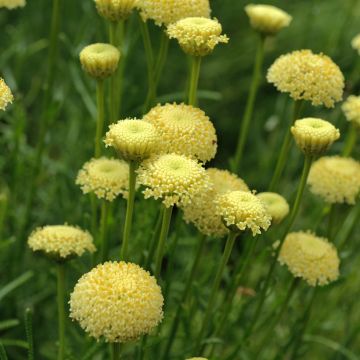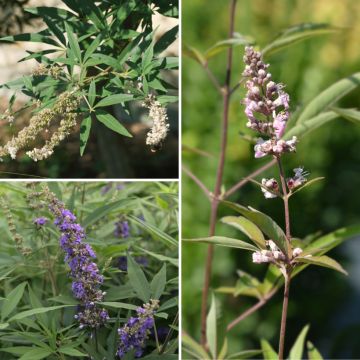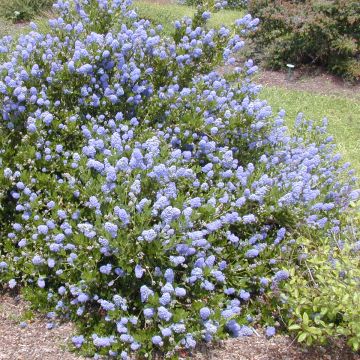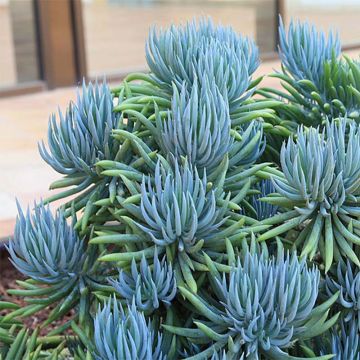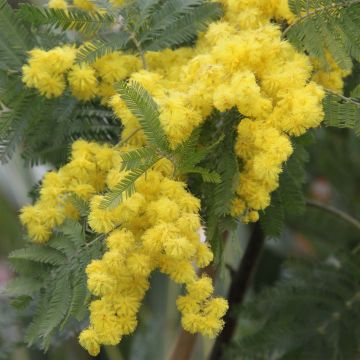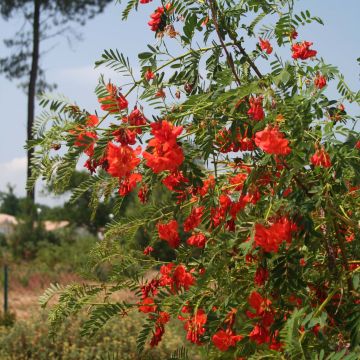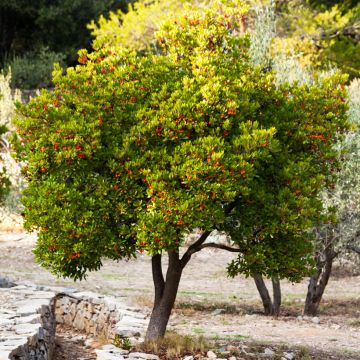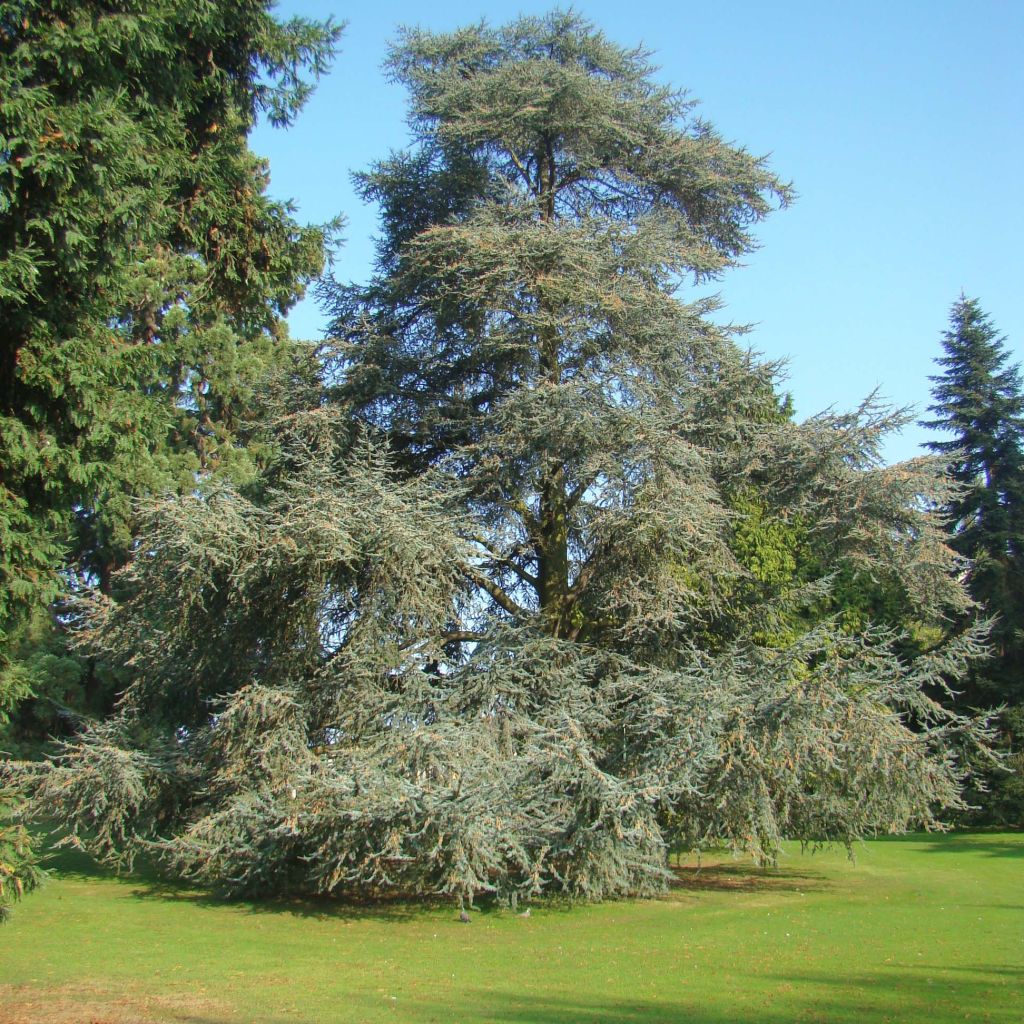

Cedrus libani subsp. atlantica Glauca - Blue Atlas Cedar
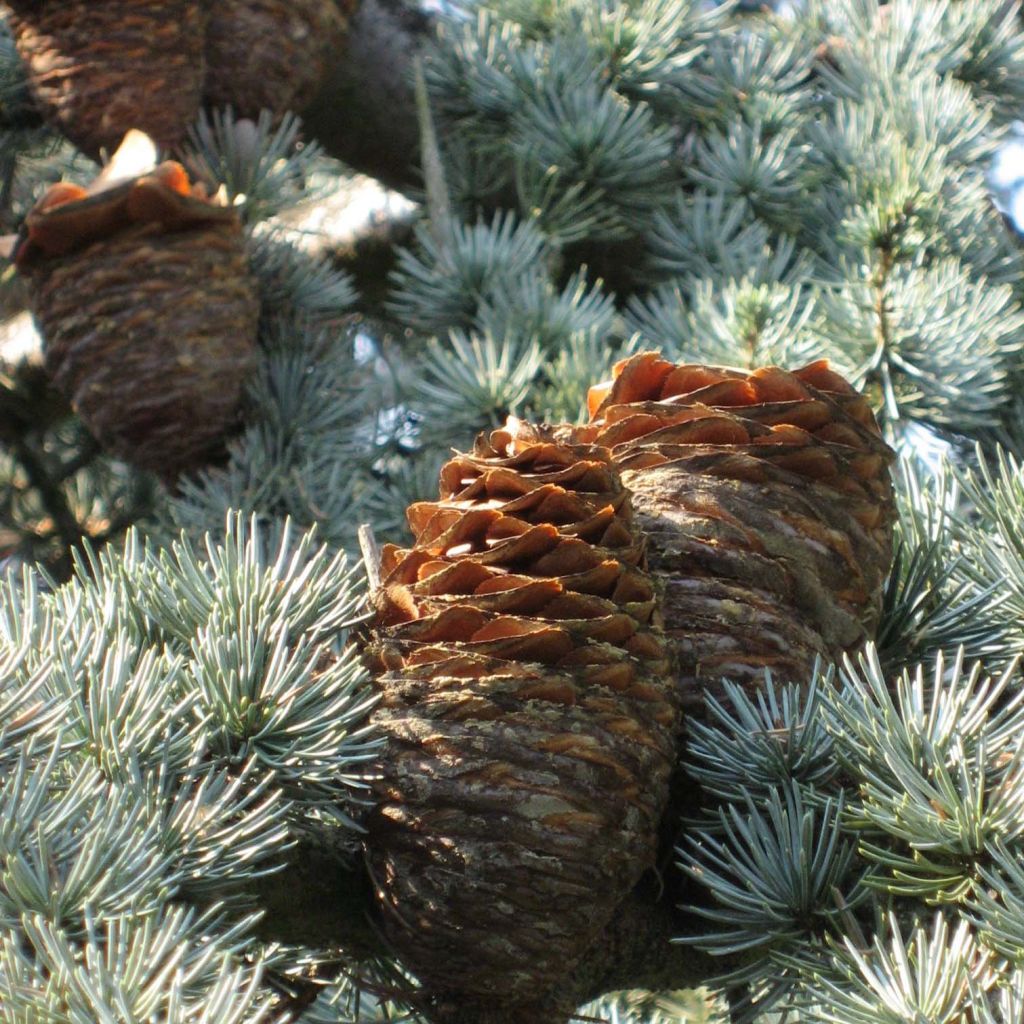

Cedrus libani subsp. atlantica Glauca - Blue Atlas Cedar
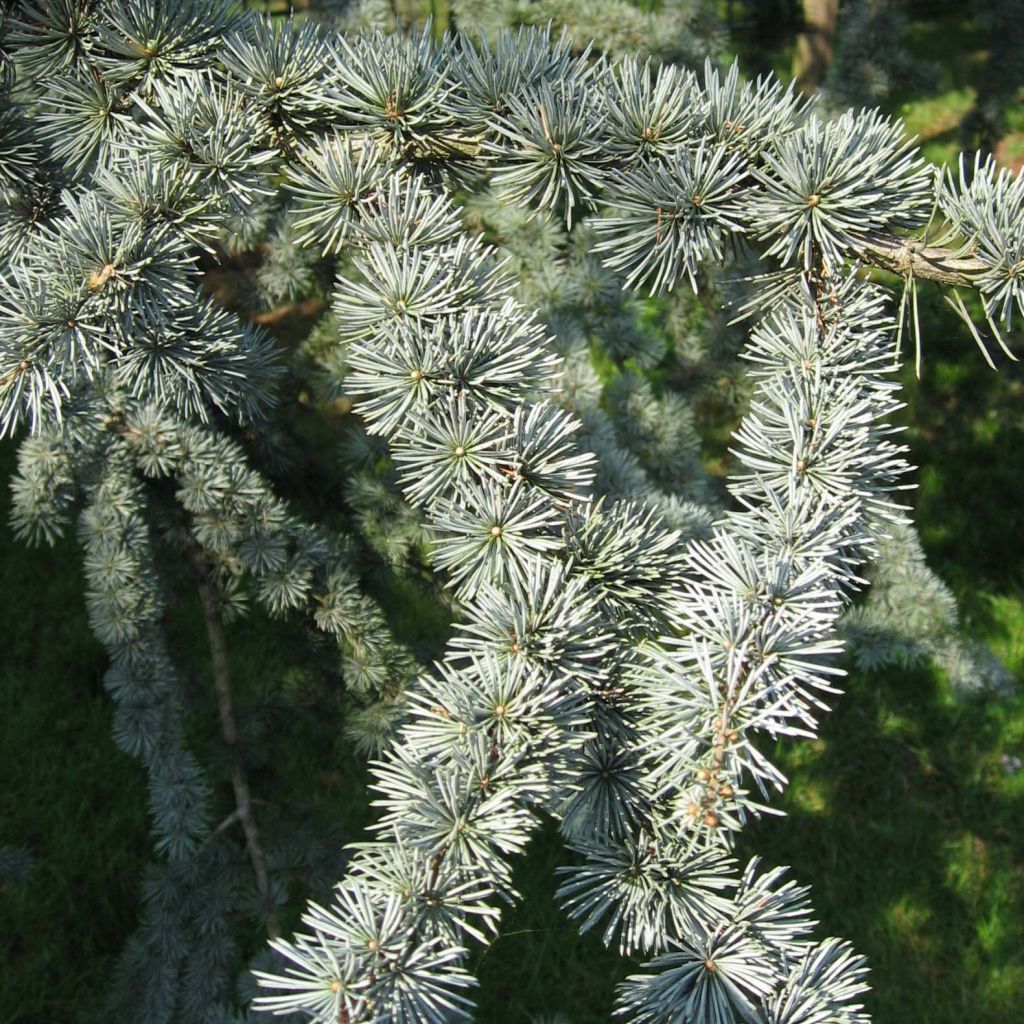

Cedrus libani subsp. atlantica Glauca - Blue Atlas Cedar
Cedrus libani subsp. atlantica Glauca - Blue Atlas Cedar
Cedrus libani subsp. atlantica Glauca
Blue Atlas Cedar
Hello. For now, the tree received has not been planted yet. Just a small issue with the packaging where the top of the tree was at the mercy of transportation... It's a miracle that it arrived without being damaged... The cardboard protecting it was torn and not securely attached to the rest; there were multiple small branches broken on the trunk because you placed the fertilizer boxes on the pot at the base of the tree and they moved around during transportation. Additionally, the boxes were deformed and wet because they were in constant contact with the moist soil in the pot! I think an extra effort in packaging in the future would be appreciated, especially for a tree worth 150 euros! Thank you.
jerome, 10/03/2024
Special offer!
Receive a €20 voucher for any order over €90 (excluding delivery costs, credit notes, and plastic-free options)!
1- Add your favorite plants to your cart.
2- Once you have reached €90, confirm your order (you can even choose the delivery date!).
3- As soon as your order is shipped, you will receive an email containing your voucher code, valid for 3 months (90 days).
Your voucher is unique and can only be used once, for any order with a minimum value of €20, excluding delivery costs.
Can be combined with other current offers, non-divisible and non-refundable.
Home or relay delivery (depending on size and destination)
Schedule delivery date,
and select date in basket
This plant carries a 24 months recovery warranty
More information
We guarantee the quality of our plants for a full growing cycle, and will replace at our expense any plant that fails to recover under normal climatic and planting conditions.
Does this plant fit my garden?
Set up your Plantfit profile →
Description
The Cedrus libani 'Atlantica Glauca' is a sumptuous variety with the bluish foliage of the Atlas Cedar discovered in France in 1867. Its ample and pyramidal habit is slightly tighter than the type and its young shoots are a magnificent blue-silver in spring. In summer, its dark grey branches play hide-and-seek with a more silvery foliage that wonderfully reflects the light. Growing rather slowly during its early years, this robust conifer becomes an imposing presence over time, with an extraordinary aesthetic, absolutely superb in a large garden!
The Cedrus libani subsp atlantica, better known as the Atlas Cedar, blue cedar or silver cedar, is considered a subspecies of the Cedar of Lebanon. It is a majestic conifer, native to the Atlas Mountains, the mountain range that extends through Morocco, Algeria, and Tunisia. This imposing conifer has a tabular habit when mature, and a more slender silhouette than its cousin, the Cedar of Lebanon. This source of light has excellent longevity. It stands out from other cedars with its upright branches and short, non-prickly needles.
The 'Glauca' cultivar is distinguished by its blue-silver foliage, as well as its lighter and more closed branches. At maturity, it rarely exceeds 20 m (65 ft 7 in) in height and 10 m (32 ft 10 in) in width. This tree has a straight and wide trunk, which divides into large slightly upright branches. The bark, initially grey and smooth in young specimens, becomes rougher over the years. It peels off in small scales. The secondary branches are upright and pubescent when young. They bear dense foliage, in clusters of bright blue needles when they bud, becoming grey-blue with silver-grey reflections, which is very striking. "Flowering" takes place in early autumn. Each individual carries cylindrical female cones, flattened at the top, 5 to 7 cm (2 to 2.8 in) in length and green in colour, turning brown-purple. The male catkins are conical and brown in colour. The seeds take 3 years to ripen. They are nestled between the scales of the female cones, with a 2 cm (0.8 in) long wing.
The Atlas Blue Cedar deserves a prominent place in the garden. This majestic conifer, of imposing size, requires isolation to fully appreciate its beautiful silhouette and exceptional foliage. In a very large garden, several plants can be planted along a pathway. This pathway will then take on a whole new dimension, with an elegant and romantic style. Space the trees sufficiently so that they do not interfere with each other later on. Note that this tree is not only very hardy but also capable of growing in inhospitable, rocky, and dry soil in summer. The Atlas Cedar also adapts very well to bonsai cultivation.
Cedrus libani subsp. atlantica Glauca - Blue Atlas Cedar in pictures
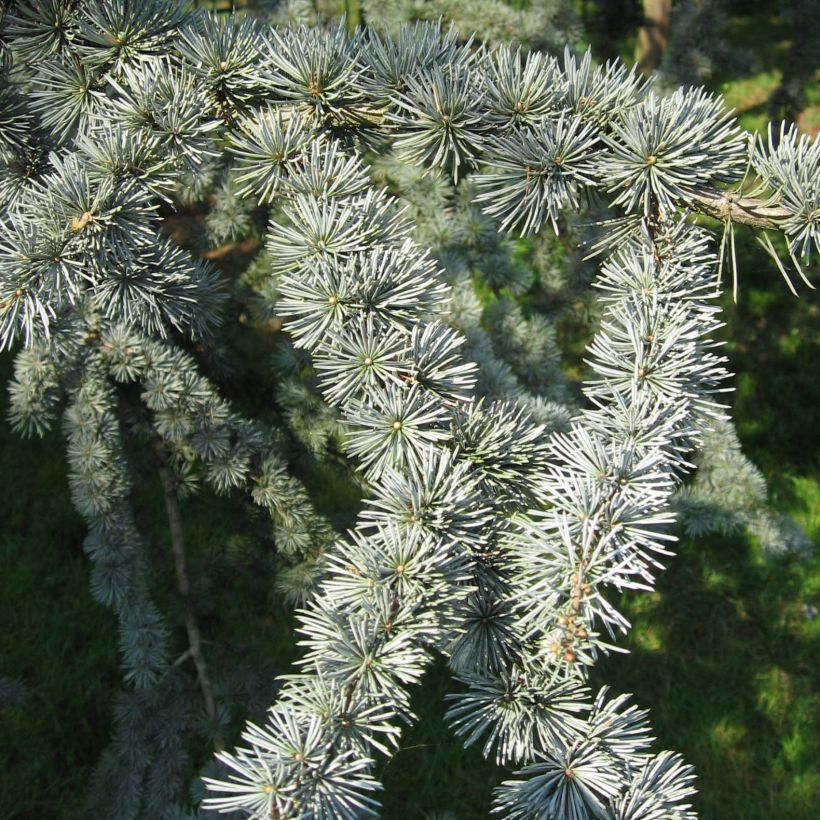

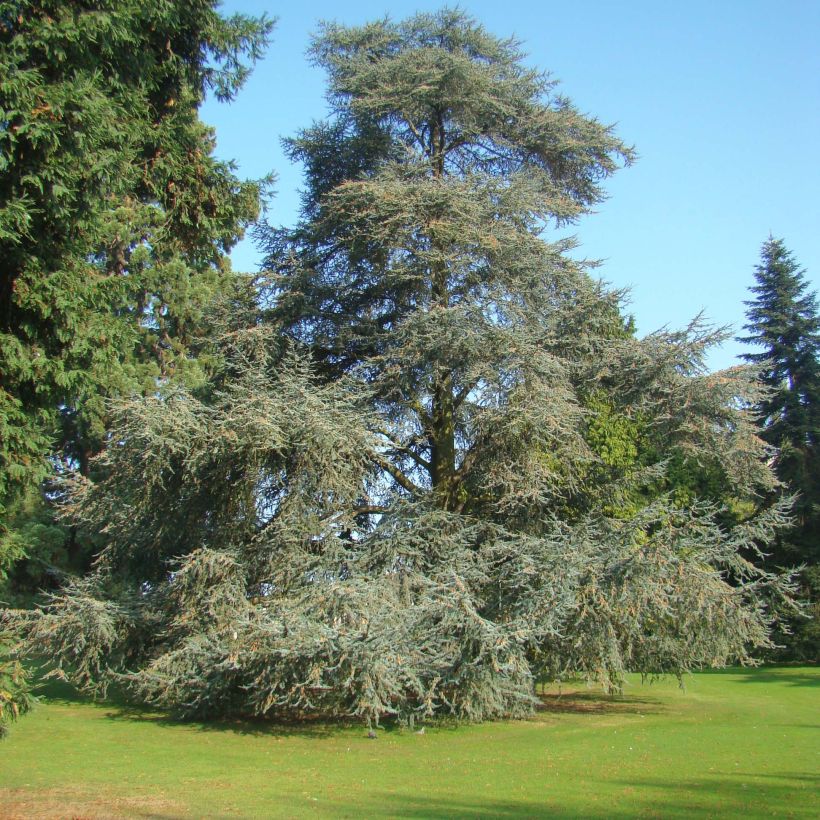

Plant habit
Foliage
Botanical data
Cedrus
libani subsp. atlantica
Glauca
Pinaceae
Blue Atlas Cedar
Cultivar or hybrid
Other Cedar
View all →Planting and care
The 'Glauca' Atlas cedar is not very demanding in terms of soil and climate. While it grows faster in fertile, deep, and moist soil, it can tolerate much less favourable conditions and summer drought once established. It can withstand temperatures as low as -15/-16°C (5/3.2 °F). It can be planted from September to November and from February to June in ordinary soil, preferably deep and properly drained to avoid water stagnation. Choose a very sunny and well-cleared location, and anticipate the future development of this tree. Do not disturb it, as its root system needs to firmly anchor in the soil to withstand drought and wind. Soak the root ball well before planting. Stake your young cedar and regularly water it to help it establish, especially during the first 2 or 3 years. Apply an organic supplement at the time of planting (crushed horn or bonemeal...). Optionally, every year in April, apply a special conifer fertiliser and weed the soil in summer. Pruning is not necessary, except to shape the tree or remove dead branches at the base of the trunk as it grows.
Planting period
Intended location
Care
Planting & care advice
-
, onOrder confirmed
Reply from on Promesse de fleurs
Similar products
Haven't found what you were looking for?
Hardiness is the lowest winter temperature a plant can endure without suffering serious damage or even dying. However, hardiness is affected by location (a sheltered area, such as a patio), protection (winter cover) and soil type (hardiness is improved by well-drained soil).

Photo Sharing Terms & Conditions
In order to encourage gardeners to interact and share their experiences, Promesse de fleurs offers various media enabling content to be uploaded onto its Site - in particular via the ‘Photo sharing’ module.
The User agrees to refrain from:
- Posting any content that is illegal, prejudicial, insulting, racist, inciteful to hatred, revisionist, contrary to public decency, that infringes on privacy or on the privacy rights of third parties, in particular the publicity rights of persons and goods, intellectual property rights, or the right to privacy.
- Submitting content on behalf of a third party;
- Impersonate the identity of a third party and/or publish any personal information about a third party;
In general, the User undertakes to refrain from any unethical behaviour.
All Content (in particular text, comments, files, images, photos, videos, creative works, etc.), which may be subject to property or intellectual property rights, image or other private rights, shall remain the property of the User, subject to the limited rights granted by the terms of the licence granted by Promesse de fleurs as stated below. Users are at liberty to publish or not to publish such Content on the Site, notably via the ‘Photo Sharing’ facility, and accept that this Content shall be made public and freely accessible, notably on the Internet.
Users further acknowledge, undertake to have ,and guarantee that they hold all necessary rights and permissions to publish such material on the Site, in particular with regard to the legislation in force pertaining to any privacy, property, intellectual property, image, or contractual rights, or rights of any other nature. By publishing such Content on the Site, Users acknowledge accepting full liability as publishers of the Content within the meaning of the law, and grant Promesse de fleurs, free of charge, an inclusive, worldwide licence for the said Content for the entire duration of its publication, including all reproduction, representation, up/downloading, displaying, performing, transmission, and storage rights.
Users also grant permission for their name to be linked to the Content and accept that this link may not always be made available.
By engaging in posting material, Users consent to their Content becoming automatically accessible on the Internet, in particular on other sites and/or blogs and/or web pages of the Promesse de fleurs site, including in particular social pages and the Promesse de fleurs catalogue.
Users may secure the removal of entrusted content free of charge by issuing a simple request via our contact form.
The flowering period indicated on our website applies to countries and regions located in USDA zone 8 (France, the United Kingdom, Ireland, the Netherlands, etc.)
It will vary according to where you live:
- In zones 9 to 10 (Italy, Spain, Greece, etc.), flowering will occur about 2 to 4 weeks earlier.
- In zones 6 to 7 (Germany, Poland, Slovenia, and lower mountainous regions), flowering will be delayed by 2 to 3 weeks.
- In zone 5 (Central Europe, Scandinavia), blooming will be delayed by 3 to 5 weeks.
In temperate climates, pruning of spring-flowering shrubs (forsythia, spireas, etc.) should be done just after flowering.
Pruning of summer-flowering shrubs (Indian Lilac, Perovskia, etc.) can be done in winter or spring.
In cold regions as well as with frost-sensitive plants, avoid pruning too early when severe frosts may still occur.
The planting period indicated on our website applies to countries and regions located in USDA zone 8 (France, United Kingdom, Ireland, Netherlands).
It will vary according to where you live:
- In Mediterranean zones (Marseille, Madrid, Milan, etc.), autumn and winter are the best planting periods.
- In continental zones (Strasbourg, Munich, Vienna, etc.), delay planting by 2 to 3 weeks in spring and bring it forward by 2 to 4 weeks in autumn.
- In mountainous regions (the Alps, Pyrenees, Carpathians, etc.), it is best to plant in late spring (May-June) or late summer (August-September).
The harvesting period indicated on our website applies to countries and regions in USDA zone 8 (France, England, Ireland, the Netherlands).
In colder areas (Scandinavia, Poland, Austria...) fruit and vegetable harvests are likely to be delayed by 3-4 weeks.
In warmer areas (Italy, Spain, Greece, etc.), harvesting will probably take place earlier, depending on weather conditions.
The sowing periods indicated on our website apply to countries and regions within USDA Zone 8 (France, UK, Ireland, Netherlands).
In colder areas (Scandinavia, Poland, Austria...), delay any outdoor sowing by 3-4 weeks, or sow under glass.
In warmer climes (Italy, Spain, Greece, etc.), bring outdoor sowing forward by a few weeks.






























